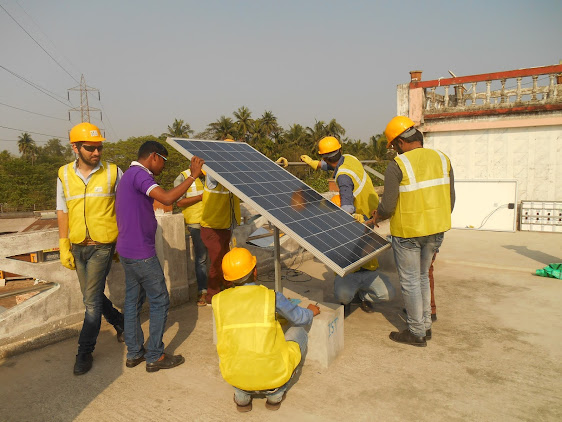solar market in the world
The solar industry in India
The country's solar industry is showing signs of recovery with increased activity compared to the previous quarter while 2020 worst years for solar in India as COVID-19 took a heavy toll on the industry, the industry still has a long way to go.
However, the market is almost back on its feet, and the mood is upbeat as the industry heads to 2021 - one of the best years foretasted for the sector," said Raj Prabhu, CEO of Mercom Capital Group.
India, the third-largest solar market in the world, India has witnessed a dip in terms of capacity addition, which fell from 9.6 gigawatt (GW) in 2017 to 8.3 GW in 2018, indicating a slowdown of 16 per cent.
Gradually India is becoming a favorite investment destination for both local and global players. Today Indian economy has the second-fastest rate of increase in GDP in the world - 7.1%. The country accounts for one thirds of the world's population without access to electricity. The situation arises despite several initiatives and policies to support poor households.
Although the country is rich in coal and abundantly endowed with renewable energy in the form of solar, wind, hydro and bio-energy, India has very small hydrocarbon reserves (0.4% of the world's total). Being a net importer of energy, more than 35% of the country's primary energy needs are ensured through import.
The potential customers of Solar Energy installation fall into these categories:
- Residential clusters or the "colonies" in India. There is a strong sense of community among the colonies of urban and suburban.
- Business office complexes - Companies such as IBM, EMC, Intel, Pfizer, etc. have built immense office complexes in the last 5-8 years that house
- Thousands of employees and huge arrays of power-hungry computer equipment.
- Rural townships and villages - it is an immense market and would typically be government-funded or non-profit funded installations.
- Individual Residences are good significant number of private citizens who are in a position to afford solar power installations e.g. being "green."
- Large government power production facilities - on 1- to 5-MW power plant facilities as well as its larger goals for upgrading India's overall power production.
- Water-pumping is unpredictable and inconsistent costs of Monsoon-based farming are a detriment to farmers in these areas..

